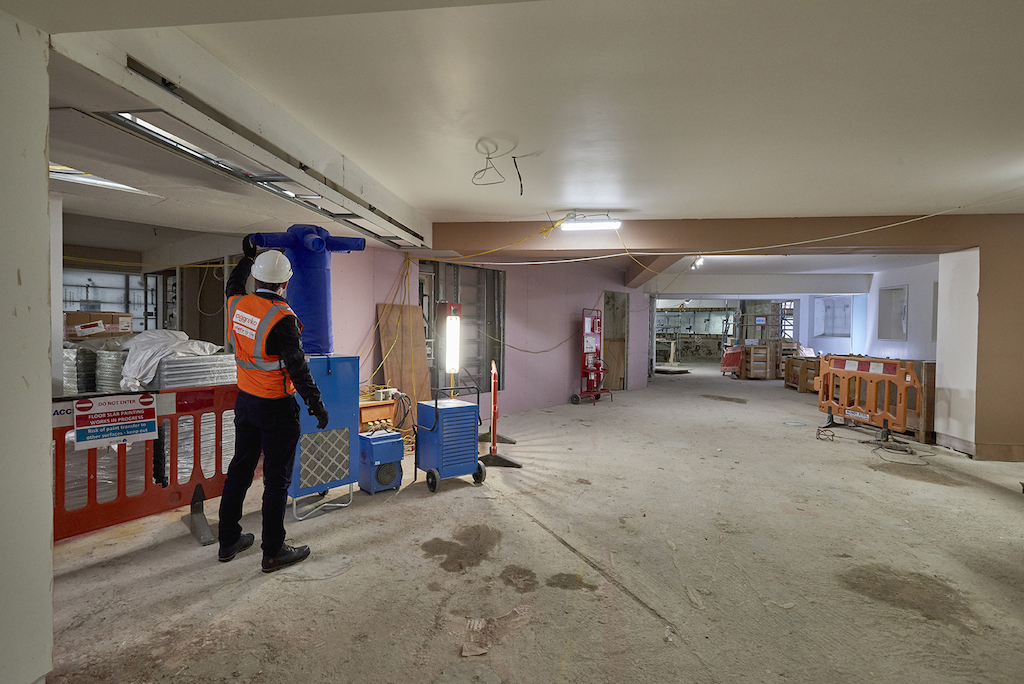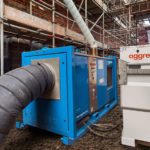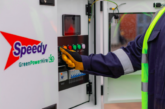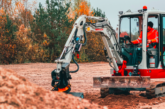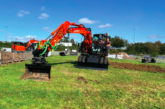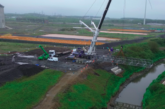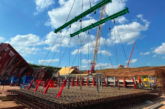As the UK experiences torrential rain and storm-level events, contractors need to consider the long-term damage ‘invisible water’ can have on their flood-hit construction sites.
Though site workers and managers may think assessing damage and replacing equipment is the final recovery step after pumping out floodwater, water soaked into materials could prove catastrophic in the long term, according to Aggreko.
By soaking into substances such as wood, plaster and paint, this ‘invisible water’ may cause expensive long-term damage to affected materials as site managers heat flooded buildings to aid the drying out process. Furthermore, mould growth can occur during this process, putting the health of on-site personnel at risk.
Delivering optimum climate control in industrial environments is therefore crucial to preserving the integrity of affected buildings and ensuring construction can restart safely, says Aggreko. Through the use of dehumidifiers to create a controlled environment and manage moisture levels, site managers can ensure surrounding air is dried appropriately and without risk following floods.
“In the event of a flood, it is extremely important that the recovery process happens quickly,” says Ryan Stanley, Sector Development Manager for Temperature and Moisture Control at Aggreko. “Yet quickly does not always mean safely – in the rush to continue construction, crucial steps can be missed when drying out buildings.
“It is vital that a controlled environment is maintained when drying and dehumidifying affected rooms and equipment. With that in mind, industrial dehumidifiers, such as those from Aggreko, should be a top priority for site managers struck by flooding.
“If the worst does occur, these temporary solutions can be hired to manage moisture levels until the site is back and running as normal, with the threat posed by ‘invisible water’ eliminated.”
